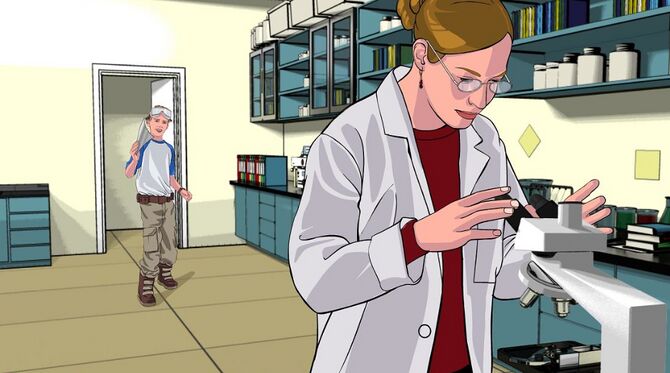Talk:20.109(F09): Mod 3 Day 4 Battery assembly
From OpenWetWare
Jump to navigationJump to search
| Lab section | Team color | .tif # | % gold:% silver | summary comment for TEM images | |
|---|---|---|---|---|---|
| T/R | Red | 1-4 | 66% Au: 33% Ag | Variable width nanowires, from 2-3nm diameter to roughly 8nm. Length of several micrometers varies by roughly 50%. Most nanowires are long and unbranched with some small, straight gold aggregates localized to one end. Density varies from isolated single nanowire to a dense mesh. Some sharp bends distinguish stretches of nanowire approximately 1 micrometer in length. | |
| Green | 5-8 | 90% AU: 10% Ag | Images 5 and 6 show individual nanowires a few micrometers in length; they are relatively uniform along their length, perhaps 50-100 nm in diameter. Images 7 and 8 portray large aggregates of nanowires and gold deposits, which are again on the micrometer scale. Also noticeable in all pictures are small granules of gold, indicating that nanoparticles were also formed and associated to the gold-plated viruses. | ||
| Blue | 9-12 | 50% Au: 50% Ag | So cool! Straight/rigid portions ~900 nm (length of M13), dark patches (potentially crystalline structure or variable synthesis of gold on surface). Each wire is composed of more than one phage. Uniform thickness along wire. | ||
| Orange | 13-16 | 50% Au: 50% Ag | On average, we have between 5-10 M13's lining up, to produce straight gold nanowires of uniform thickness (~70 nm) and of lengths: 4500-9000nm. There is a small number of gold aggregates, and coiled gold nanowires. | ||
| Pink | 17-20 | 66% Au: 33% Ag | Mesh aggregate as well as isolated nanowires. Thick nanowires with thinner wires wrapped around and branching off (perhaps due to phage/gold interaction). At least one isolated phage (~900 nm) shown to produce thick nanowire. Another phage used to produce thin nanowire. | ||
| Yellow | 21-24 | 90 % Au: 33% Ag | The nanowires have a diameter of approximately 80 nm. There are also a lot of gold nano-particles that have formed. The surface of the phage shows polycrystalline pattern. | ||
| Purple | 25-28 | 66% Au: 33% Ag | The nanowires are clearly visible. Even in aggregates, individual nanowires are visible. The wires are composed of multiple phage. Picture 25 has nanowires that are about 2 and 4 phage long. Picture 26 shows a wire with a diameter of about 50 nm. The surface of the phage is not completely uniform, so that presumably shows a mixture of gold and silver. | ||
| W/F | Pink | 29-32 | 90% Au: 10% Ag | 29: Looks like an aggregate of gold particles perhaps surrounding a nanowire. 30: Looks like 6-7 phage lined up to form a nanowire! 31: Looks like one phage with an aggregate of gold on the end. 32: Looks like a nanowire wrapped arround with gold aggregate surrounding the edges. | |
| Purple | 33-36 | 90% Au: 10% Ag | The gold nanowires clearly have formed. Although they are in clusters, they can still be clearly seen. The wires are about 5-6 phages long and have a diameter of ~75nm. There are also gold nanoparticles clustered around the nanowires. | ||
| Green | 37-40 | 90% Au: 10% Ag | All four images have dark regions that are coiled clumps of nanowires. However, in image 38 single strands of nanowires can clearly be seen. The individual nanowire strands appear to be approximately 20-30 nanometers in diameter, and strands are a few hundred nanometers long. | ||
| Red | 41-44 | 33% Au: 67% Ag
The nanowires have formed clear strands in all images. The diameter of these nanowires ranges from about 20-60nm. In some images, clumps of gold are visible that don't seem to be a part of any cohesive strand. Images of full length nanowire appear to be about 3-5um long, which would correspond to about 3-5 phages. | |||
| Blue | 45-48 | 66% Au: 33% Ag | Our nanowires mainly formed clumps, although we did have some really nice longer strands. The strands were both thick (~100 nm) and very narrow (~10 nm). At least a couple of phage are lines up, but because there is such a large clump, it is hard to determine the average length of the strands. The nanowires go through a few shades of grey, which suggests the composition of the wire is not uniform. There are also circular lumps that may be nanoparticles in certain areas of the nanowires. |
